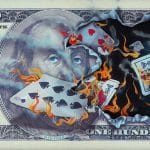How Animation Influenced Patrick Guyton’s Incredible Metallic Art
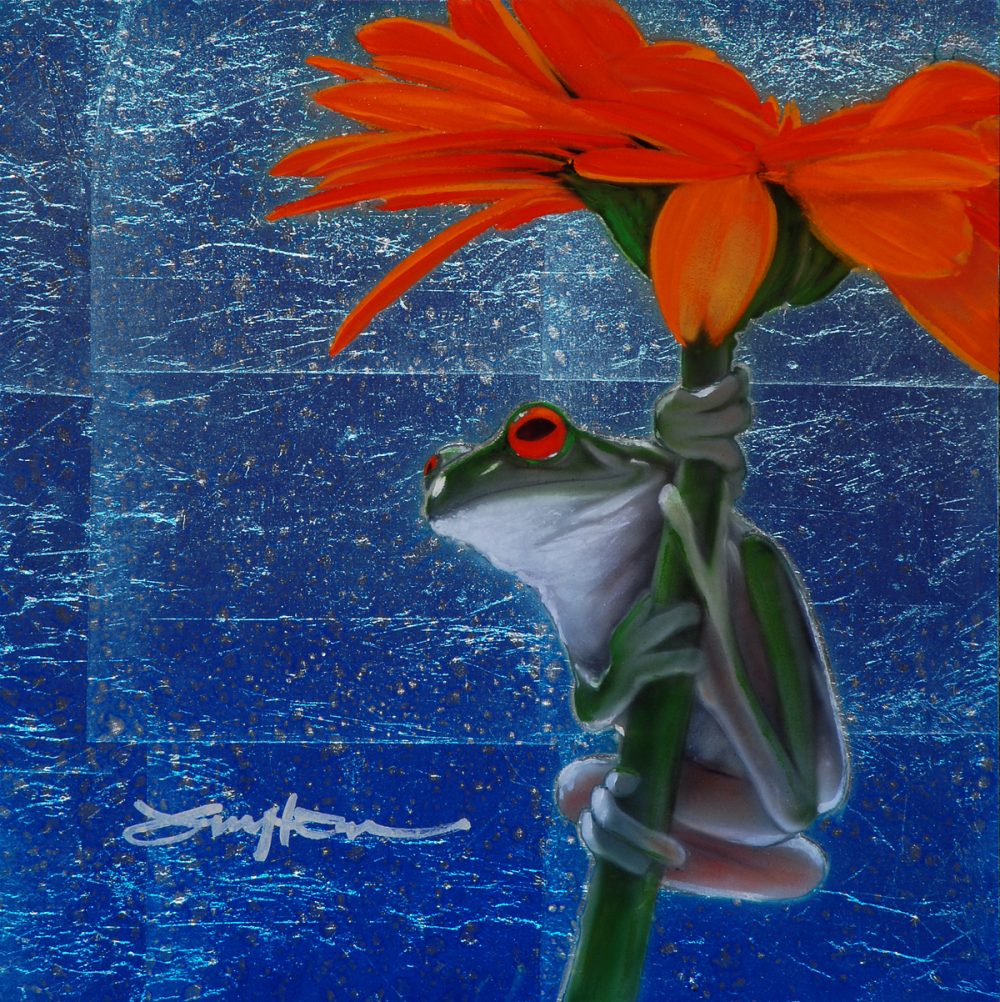
“Gimme Shelter,” Patrick Guyton
Patrick Guyton’s metal artwork draws upon the eastern dynasties of yore, with zen-like balance in his compositions, lustrous leafing and a minimalism that soothes the viewer.
With his mastery of detail, it may come as a surprise that a portion of Guyton’s training has more to do with the traditions of Hollywood than the traditions of the East.
In the late ‘90s, a friend of Guyton worked at animation legend Chuck Jones’ studio. The studio needed a background painter, and knowing Guyton’s talents, the friend suggested that he show the studio his portfolio. The studio liked what they saw and hired Guyton to work as Jones’ background painter.
Jones was a producer and director who played a major role in the development of animation in the 20th century. He made more than 300 animated films, working on classic cartoons starring Bugs Bunny, Daffy Duck, Porky Pig and other famous Warner Brothers characters.
“Working with Chuck – honestly, there is no other word than ‘surreal’ for such a thing,” Guyton says.
Guyton worked as Jones’ background artist for the last six years of Jones’ life. Guyton’s focus shifted from background painting to painting the animation celluloids themselves. The development taught Guyton valuable lessons regarding negative space in art.
The lesson carried over to Guyton’s fine art, where he uses very few details to convey atmosphere and feeling. In “Paper Dreams,” one has the impression that an origami swan is floating on a moonlit lake, but only a few ripples and a reflection give the viewer a hint of this.
“Minimalism and negative space is…the hardest to create because you always want to make more, you want to take that painting and keep adding things to it,” Guyton says. “It’s hard to know when to stop.”
Guyton also worked with animator Robert McKimson, an animator and director who worked on many Looney Tunes and Merrie Melodies cartoons, and is credited with defining Bugs Bunny’s design in 1943. Guyton helped McKimson create limited edition sports animation celluloids.
“I’m getting all this input from these legends of art,” he says. “[I was] learning from guys that were on a completely different level than anything I had seen at the time.”
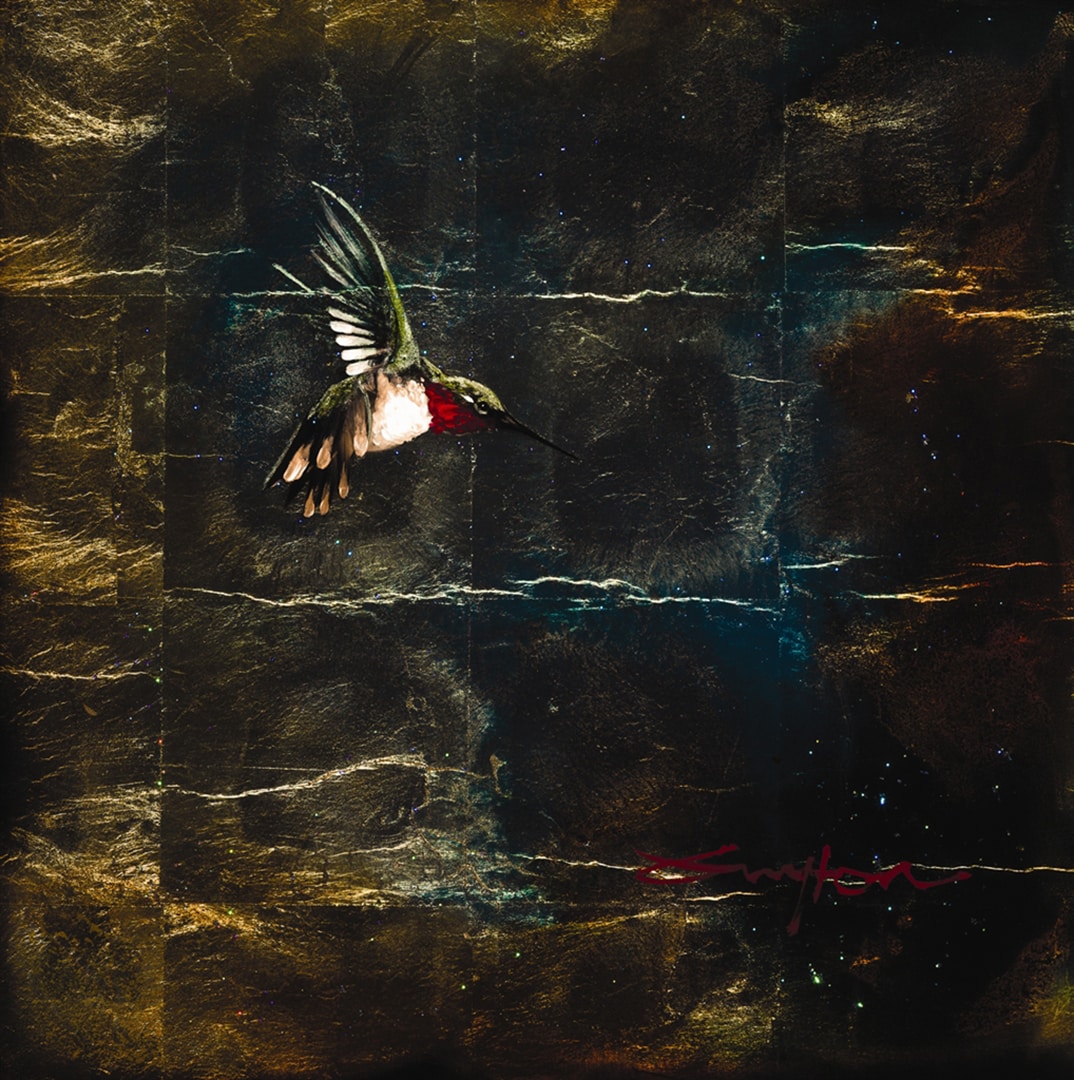
“Pure Gold Night Flight,” Patrick Guyton
Guyton and the National Film Registry
Aside from influencing his artwork, Guyton’s career in animation attached him to one of the greatest works of animation ever produced.
The memorable Merrie Melodies cartoon, “What’s Opera, Doc?” (Guyton likes to remind people by singing “kill the wabbit, kill the wabbit”) was inducted into the Library of Congress in 1992 as one of the most significant cartoons ever created. The cartoon was also preserved in the National Film Registry.
“That was a capstone in anything I would’ve done art-wise,” Guyton says. “To be a part of the history of it is very special.”
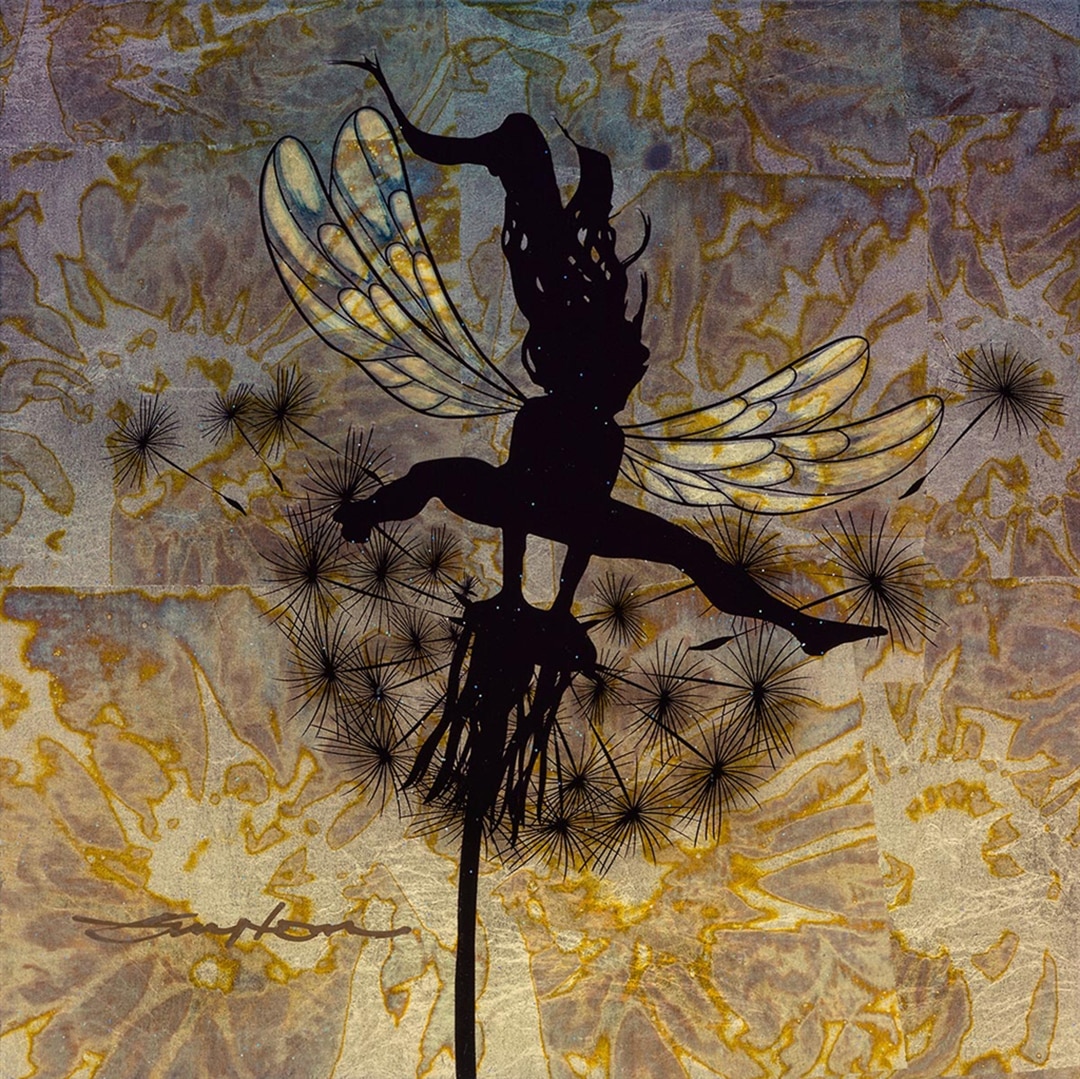
“Jumper,” Patrick Guyton
Maurice Noble, an animation background artist who worked on Disney’s “Snow White and the Seven Dwarfs,” created the original backgrounds for “What’s Opera Doc?” The induction called for commemorative animation celluloid. Unfortunately, at the time of the induction, Noble suffered from arthritis and couldn’t work on the project.
At the time, Guyton still worked at Jones’ studio. The studio sent Guyton to Noble’s home, where he was tasked with creating a fresh, commemorative work for the induction. Guyton says he spent a couple of weeks working with Noble, slowly absorbing the immense talent and historical significance of the artist.
“He basically in a week gave me a crash course on how he does his thing, so I got to be his hands in creating the piece,” he says.
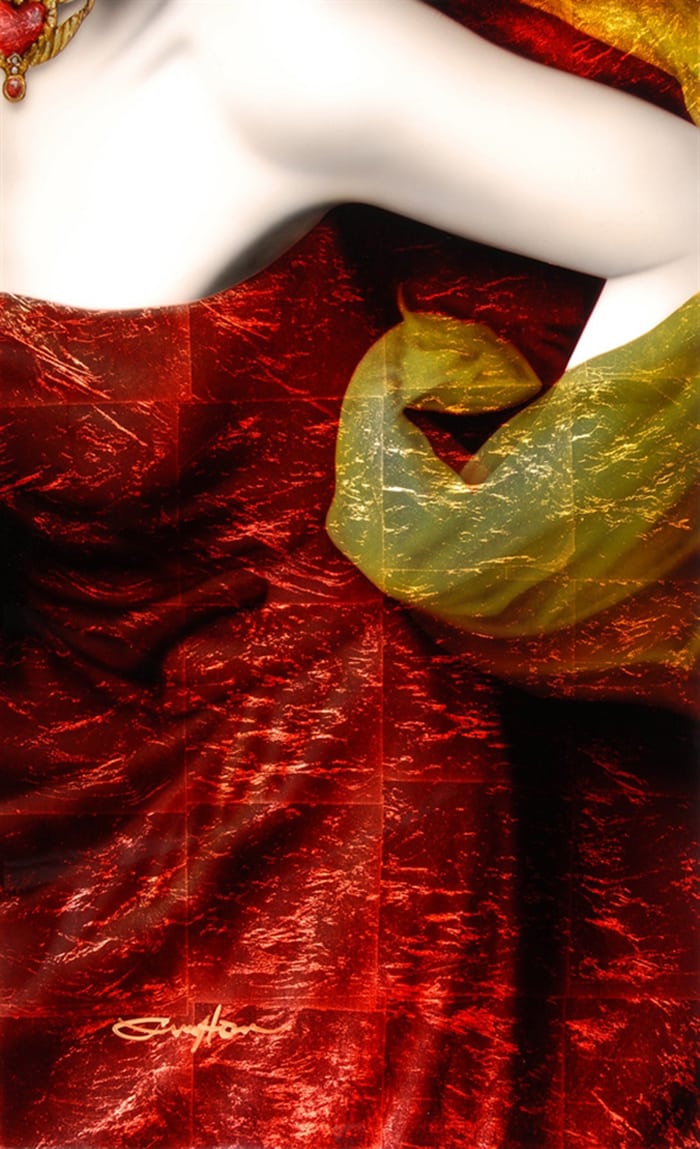
“Carnival Red,” Patrick Guyton
“What’s Opera, Doc?” is the last theatrical cartoon Jones worked on using the Elmer Fudd character, making the project even more significant to Guyton.
Guyton eventually left the animation industry and began his career as a fine artist, but will never forget the lessons he learned from three of animation’s greatest Golden Age geniuses.
“They are underappreciated probably because they did cartoons, but they’re legends nonetheless, and I believe in those years I learned more than what art school could’ve ever showed me,” Guyton says.
If you’re interested in collecting the art of Patrick Guyton, register for our exciting weekly online auction or contact our gallery consultants at (800) 521-9654 ext. 4 or sales@parkwestgallery.com for information.
Follow Park West Gallery and Patrick Guyton on Instagram.





